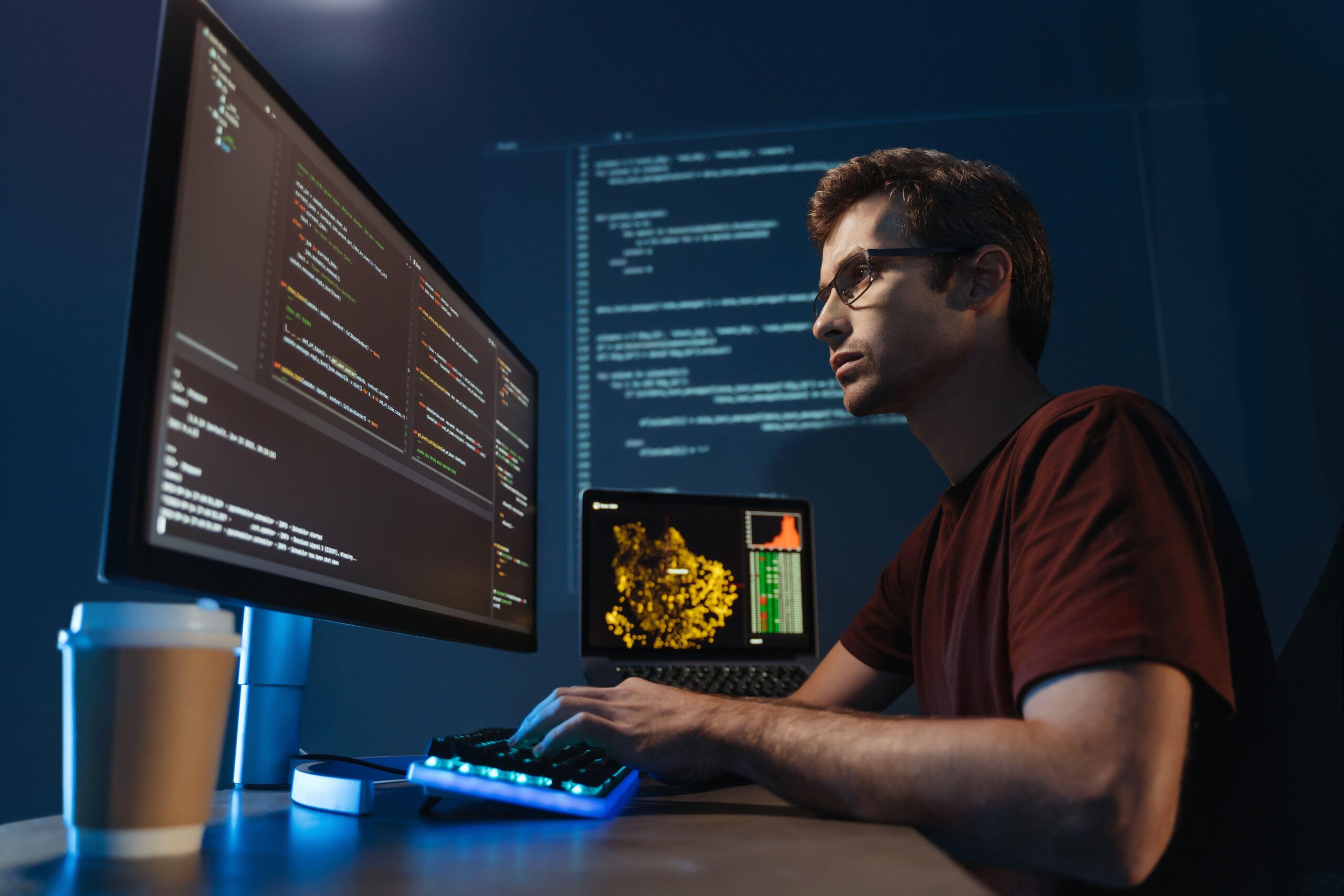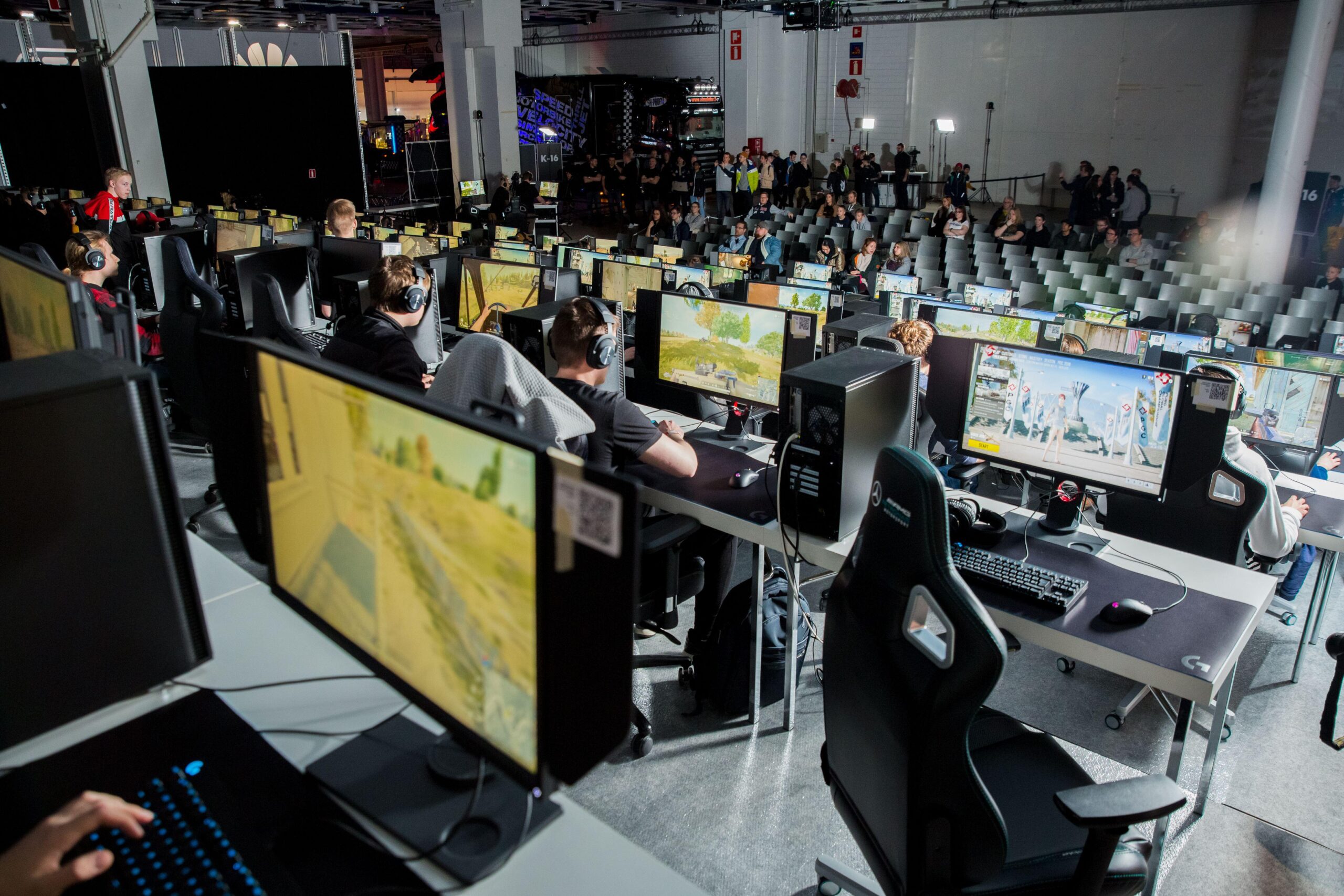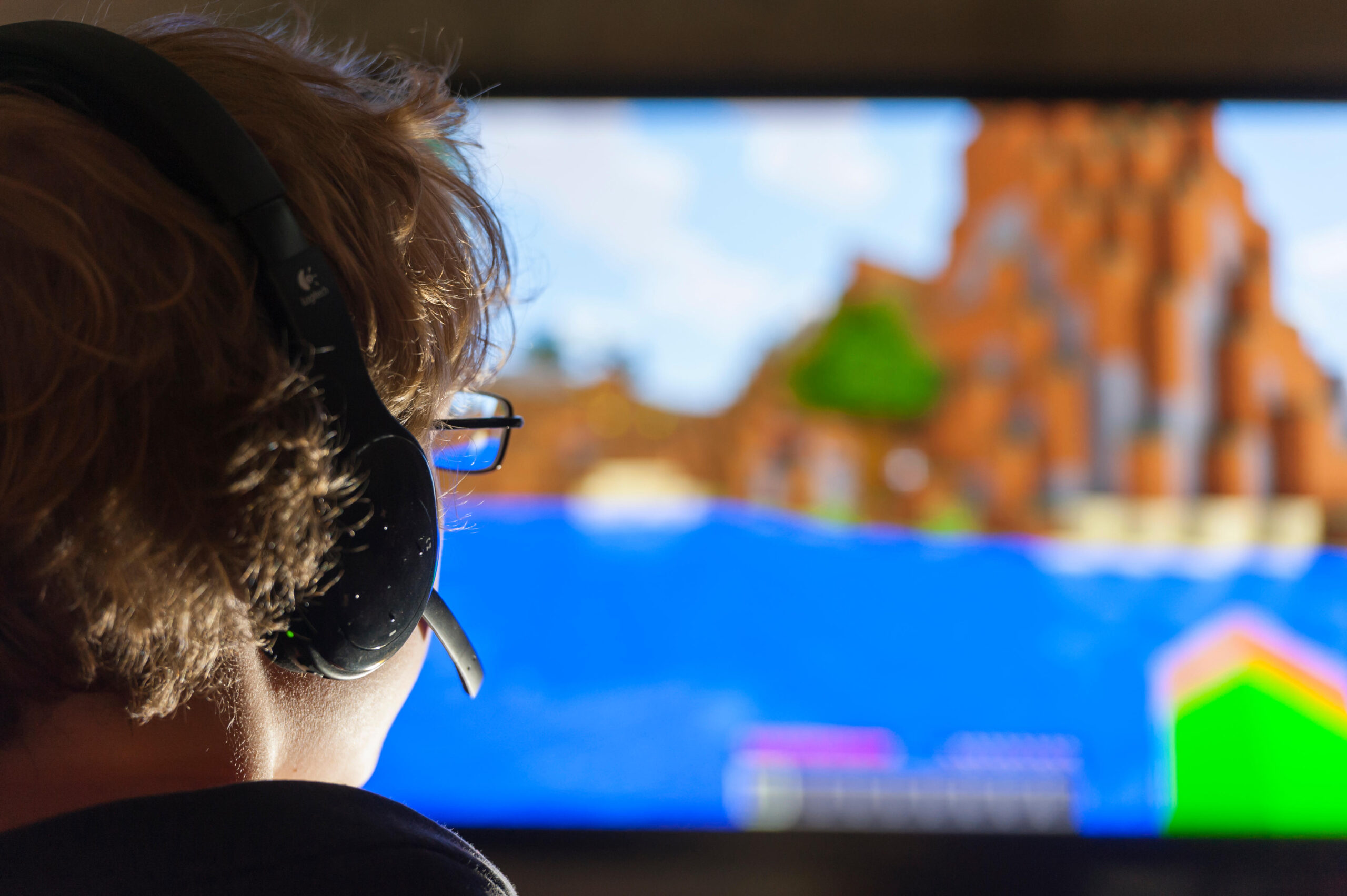Programming nature with Python offers a fascinating blend of art and programming, which draws in artists as well as programmers. Using low-code techniques, software developers can craft rich, lifelike game worlds and digital artwork with minimal effort. Procedural art, the technique in focus, employs algorithms to build complex world spaces in very efficient ways.
This article discusses how Python enables them, including major methods and resources for enthusiasts. With Python’s diverse libraries, developers have the ability to create virtual forests and landscapes, so it is a great area to explore.
Learning Procedural Art and Environments
Procedural art refers to the creation of visual objects using algorithms, resulting in organic shapes inspired by natural forms such as trees or mountains. It’s perfect for creating game environments, where variety and realism are important. For instance, procedural generation produces diverse landscapes with minimal memory usage, as seen in certain video games.
Python is at the core, offering libraries that can make complicated processes simpler. Programmers can emulate nature with incredible detail, so each scene appears distinct. Procedural art, therefore, becomes the choice of game design in modern games because of its effectiveness.
Methods for Emulating Nature in Python
Certain methods help to emulate nature using Python. Some of the most important methods used in procedural generation are as follows:
- Shape Generation: Perlin noise algorithms generate smooth, realistic shapes that replicate natural terrain, such as hills or valleys.
- Color Schemes: Randomized, procedurally generated palettes create visual consistency by utilizing randomized colors to establish a natural diversity.
- Lighting Effects: Techniques such as ambient occlusion create depth, simulating the effect of sunlight passing through leaves to achieve realistic environments.
- Hybrid Systems: A combination of procedural generation and manually created features balances automation and artistic control.
These methods, made possible by Python libraries, make it simple to create realistic scenes. For instance, a forest landscape may use greens and browns of various shades to replicate natural variation, illustrating the variety of Python.
Lighting and Realism in Virtual Worlds
Lighting dramatically improves realism in virtual spaces. Techniques such as ambient occlusion produce depth, giving the scene a more realistic look. For instance, recreating sunlight filtering through trees can create a believable forest environment. Python facilitates such effects using libraries that manage complex rendering processes.
Procedural generation is also combined with manually added pieces with hybrid systems, ensuring visual consistency. This method, popular in game development, strikes the right balance between efficiency and art. These techniques demonstrate Python’s ability to replicate complex natural environments effectively.
Practical Uses of Python in 2D and 3D
In 2D, procedural art can generate pixel scenes, like a forest with randomly placed trees of varying color and size. The method is straightforward, requiring basic Python skills, and is suitable for beginners. In 3D, programs like Blender, in conjunction with Python scripting, provide advanced simulations.
Programmers can automate landscape generation, adding randomized foliage or weather conditions. These uses demonstrate the versatility of Python for working on projects ranging from simple to intricate. Accordingly, artists and programmers have fewer restrictions to hinder them from trying out new creative paths.
Learning and Discovery Tools
There are numerous resources through which one can learn procedural art with Python. A thesis on Tommi Helin, titled “Defining Visual Style in a Procedural Game World,” provides insights into procedural techniques such as concept art and rapid prototyping.
One can find online tutorials, such as those by FC Python, that offer step-by-step guidelines on creating pixel art. Courses like Procedural Modeling in Blender with Python on Udemy teach 3D modeling techniques. Additional reading, like Modeling and Simulation in Python, covers the overall simulation concepts. All these provide fanatics with the ability to learn procedural art and create awe-inspiring scenery.
Community and Future Directions
The Python community is very active in procedural art, and sites like X offer forums where artists can post their work and receive feedback. Engagement with communities, such as FC Python, promotes co-creation and exchange of knowledge. As technology advances, the application of Python in procedural generation continues to expand, opening up new opportunities for replicating natural phenomena. Developers can prototype complex algorithms, pushing the boundaries of virtual environments. Procedural art is a dynamic and promising field for creators who blend programming and imagination, maintaining Python as the center of procedural art.







